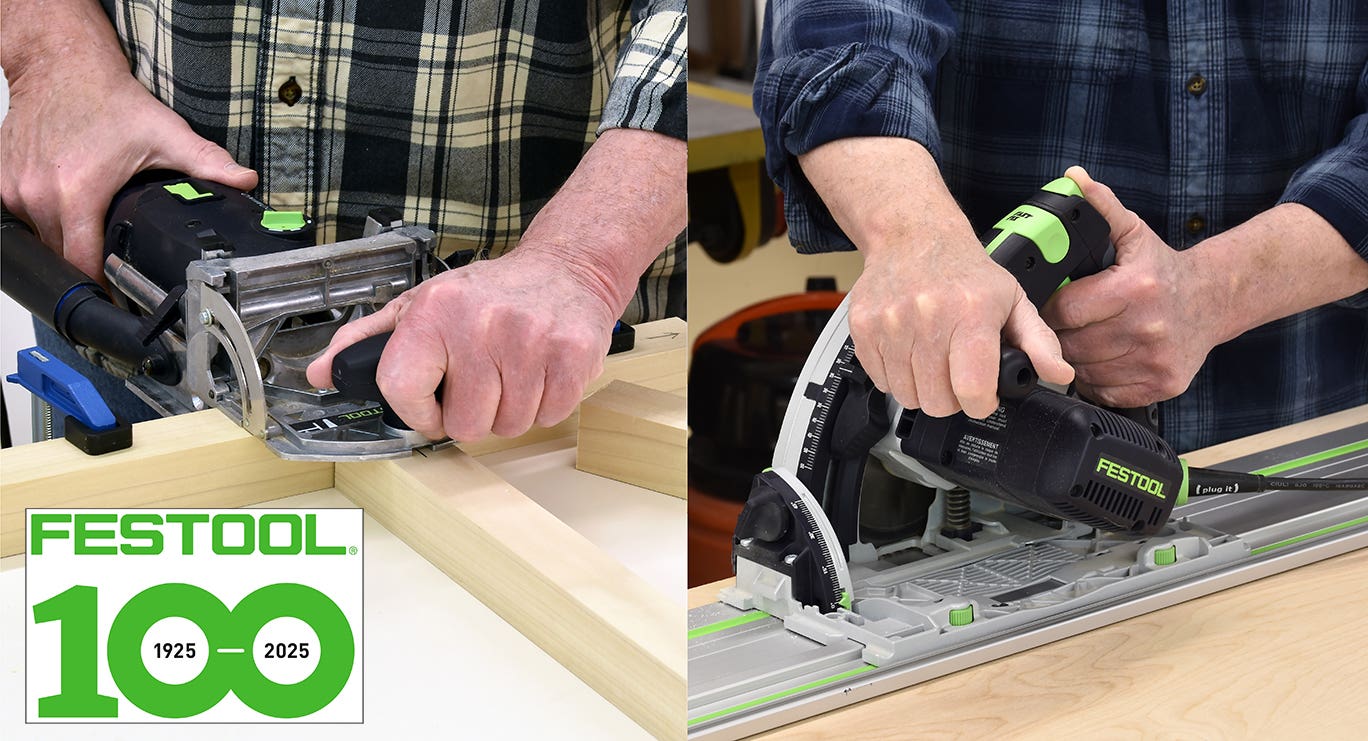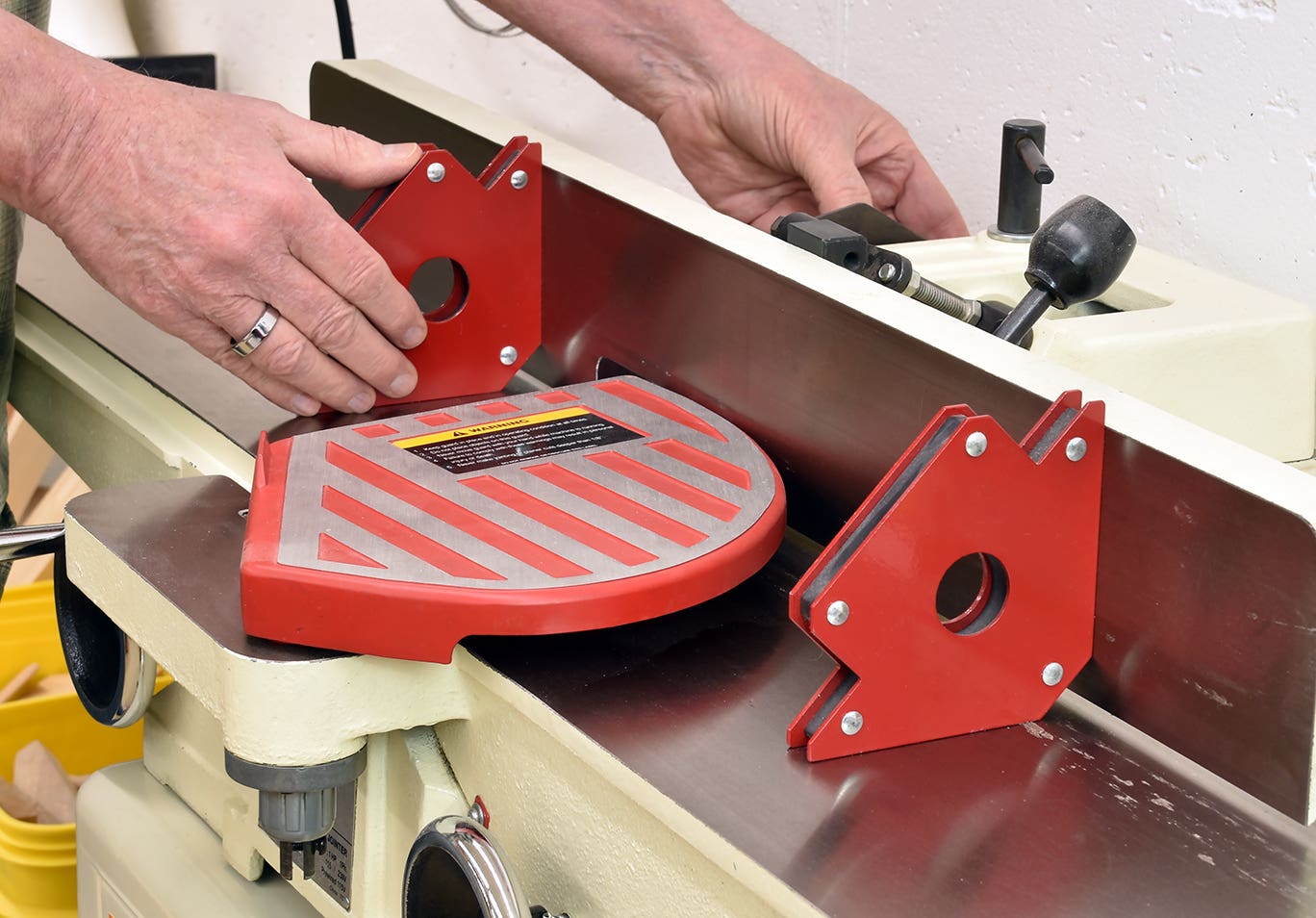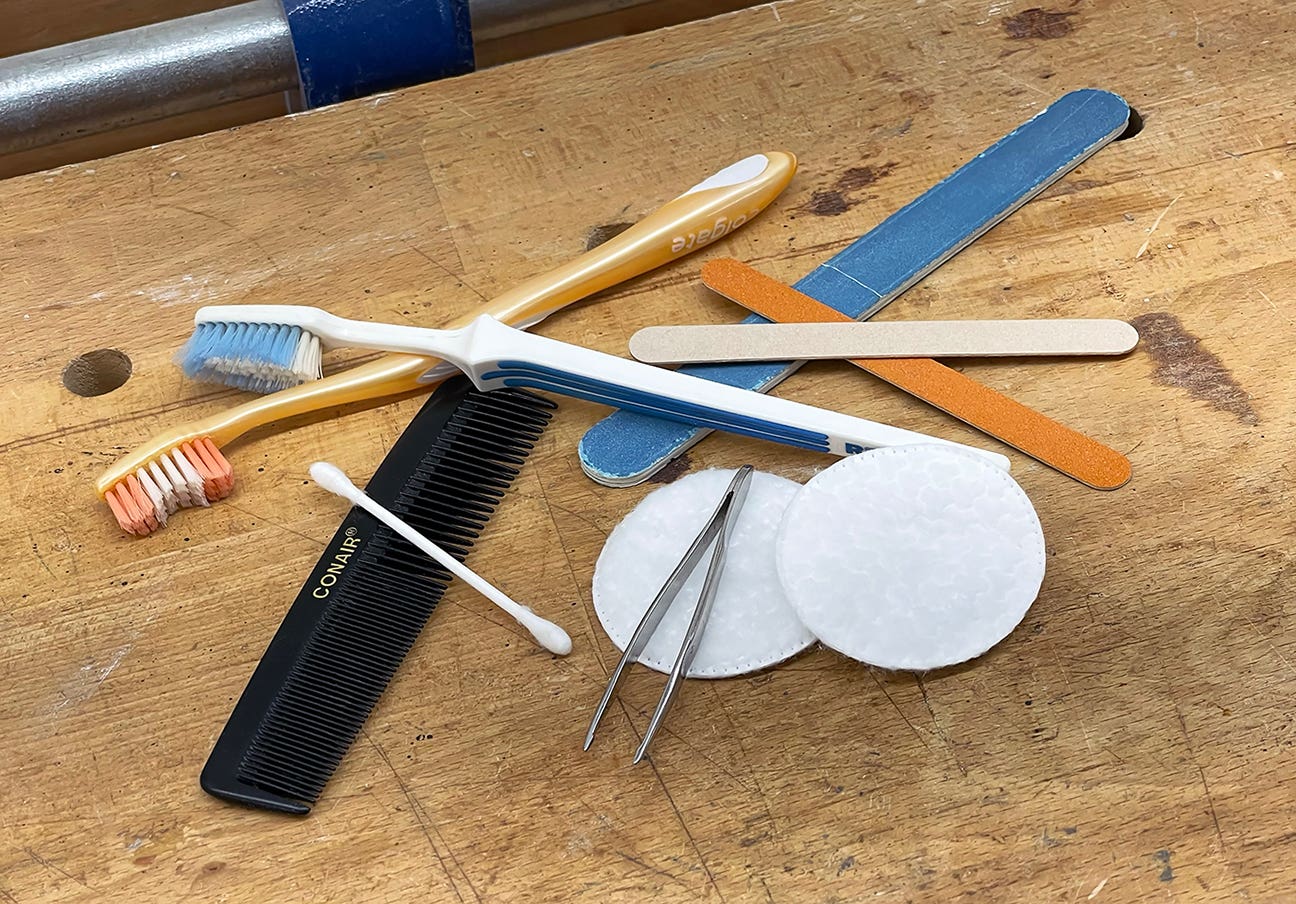Splinters
All woodworkers have a lot in common, but one thing tops the list: splinters. Unlike the other 8,000 ways you can you can hurt yourself in the shop, it’s impossible…
All woodworkers have a lot in common, but one thing tops the list: splinters.
Unlike the other 8,000 ways you can you can hurt yourself in the shop, it’s impossible to avoid getting splinters. Oh, sure, you can minimize them by sanding edges and corners of rough stock, or simply careful handling, but you’ll still get dozens. Sometimes in the same day.
Some woods are more prone to splinters than others – they seem to jump right out of black palm – and the kinds of splinters are different depending on the kind of wood. Likewise, how bad they are varies for the same reason.
Splinters from oak and pine aren’t bad. At least in my experience they’re almost always large, easy to see and easy to remove. Splinters from walnut can also be large and easy to get out, but if you get a really small one that you don’t notice right away, I find that they’re the ones that hurt the most.
But by far the all-time winner for most annoying splinters is Western red cedar. And, yes, this comes to mind because I just finished a large project with red cedar. Cedar is positively fuzzy with splinters. Just picking up a piece tends to give you several. But the worst part about cedar splinters is that so many of them are tiny. I’m talking microscopic here.
I have several of these nano-splinters in my hands right now. I can feel them – especially if I brush my hand over the fabric of my shirt – but I can’t see them. And if I can’t see them, I can’t remove them. As far as I’m concerned, they get my vote for the worst.
Your mileage may vary, of course.
A.J.
A.J. Hamler is the former editor of Woodshop News and Woodcraft Magazine. He's currently a freelance woodworking writer/editor, which is another way of stating self-employed. When he's not writing or in the shop, he enjoys science fiction, gourmet cooking and Civil War reenacting, but not at the same time.







